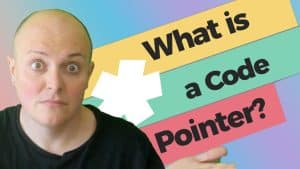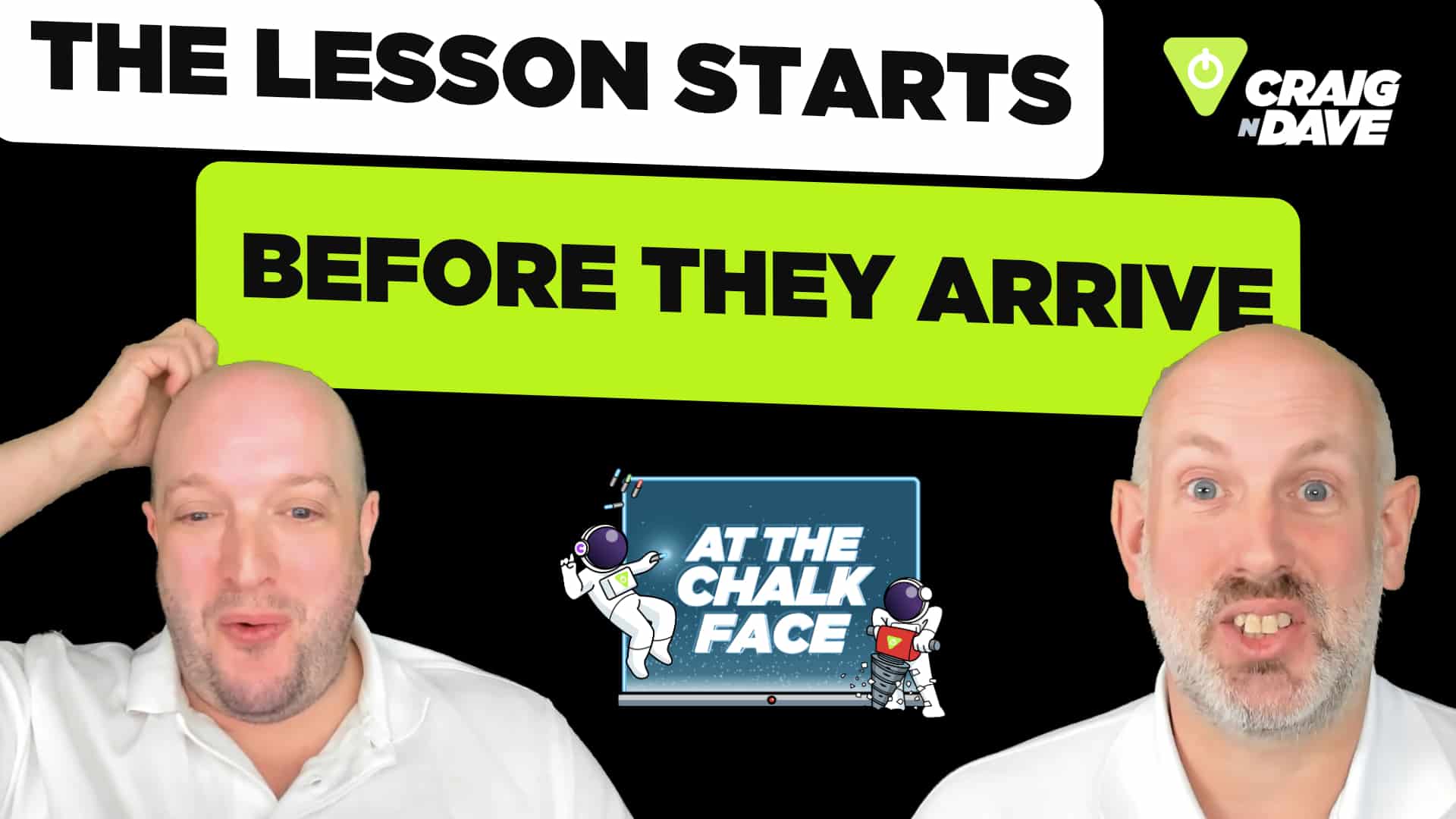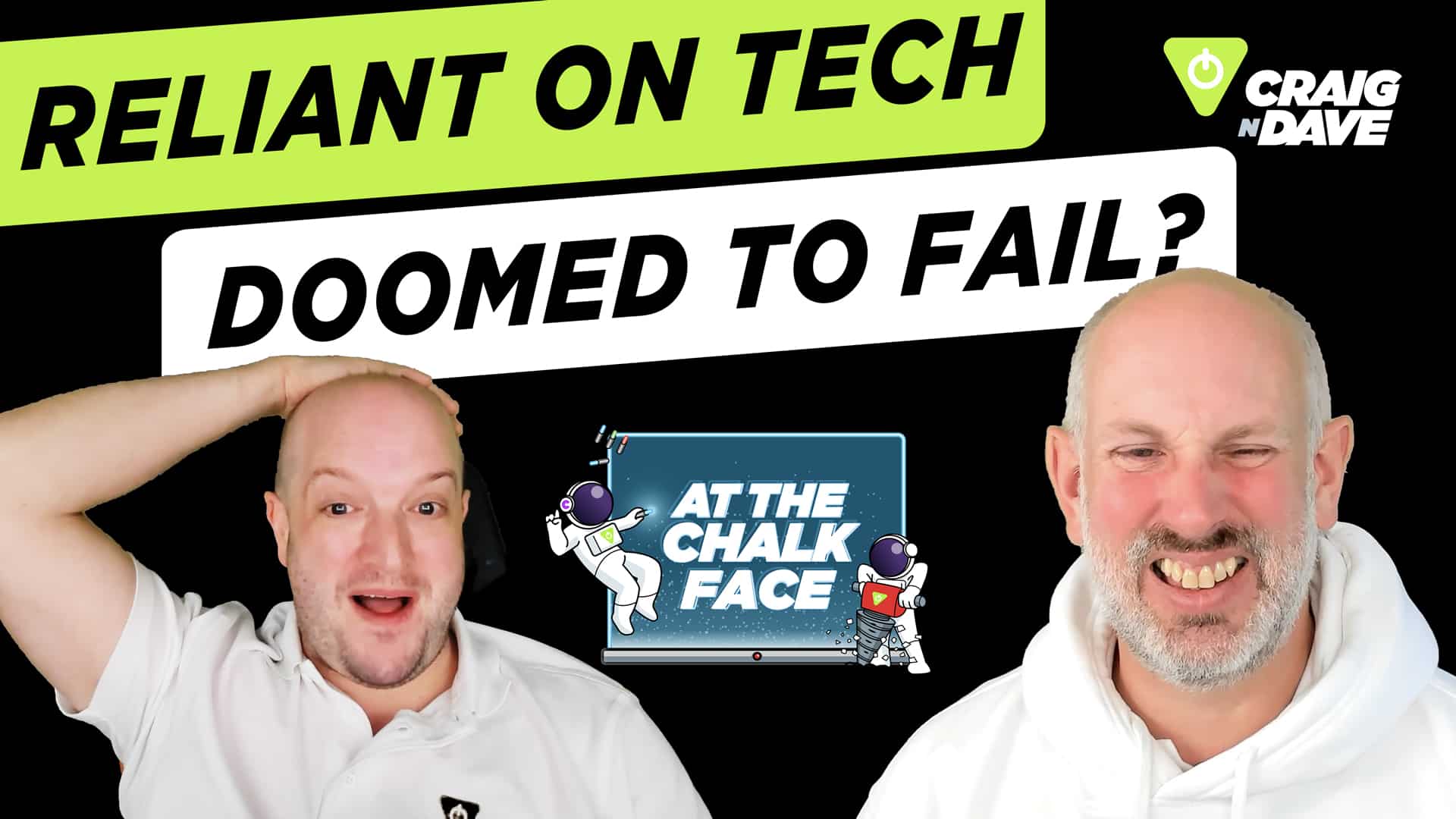
28 October 2025
If you’ve ever dipped your toe into C++ or C# and found yourself bombarded with stars (*) and ampersands (&), you’re not alone. One minute you’re coding a game, the next you’re lost in a tangle of memory addresses, wondering why your variables are playing hide and seek.
Let’s break it down.
Imagine your computer’s memory as a giant library. Every variable you create — like int sandwich = 3; — is a book stored on a specific shelf. A pointer doesn’t hold the sandwich (value) itself. Instead, it’s more like a sticky note that says, “Sandwich is in aisle 4, second shelf from the left.” That sticky note is the memory address.
This is what a pointer stores — not the actual value, but the location of that value.
Why bother with all this indirection? Efficiency and flexibility. Passing around a pointer instead of a full variable is faster, especially if that variable is large. And crucially, if a function needs to change your sandwich — maybe to add pickles — it can go directly to the source. Without a pointer, you’d be modifying a copy. With a pointer, you’re making changes to the original.
Result: one nicely pickled sandwich.
But it’s not all tasty treats. Pointers come with dangers. If a pointer directs you to a part of memory that doesn’t contain valid data — or worse, doesn’t exist — you’ll hit what’s called a segmentation fault. Think of it as following a dodgy satnav that tells you to turn left… off a cliff.
Curious to learn more about the fascinating world of code pointers?
Check out our very own Lesson Hacker’s YouTube video HERE.
For more Lesson Hacker videos, check out the CraignDave YouTube playlist HERE.
Visit our website to explore more cutting-edge tech-transforming news in the computer science world!











